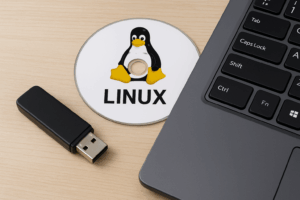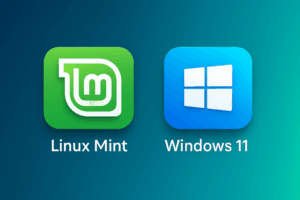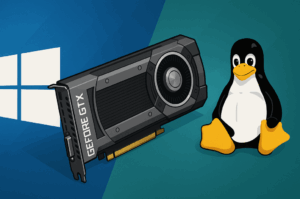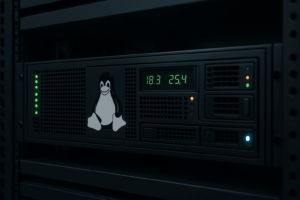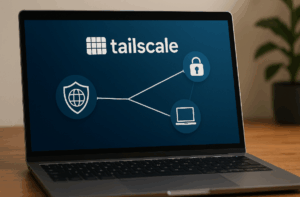Chat Control: Protecting Children or the End of Online Privacy?
 How Would It Work in Practice?
How Would It Work in Practice?
- Client-side scanning – message content would be scanned on the sender’s device before it is encrypted.
- General obligation – companies would have to implement technology capable of detecting not only known illegal content but also “suspicious patterns.”
- Privacy risk – this would break the principle of end-to-end encryption, which today protects users from surveillance.
Criticism and Risks of the Proposal
The proposal has sparked opposition from security experts, lawyers, and civil rights organizations: Mass surveillance – every user would be treated as a potential suspect. Undermining encryption – mandatory scanning would weaken security and open the door to further misuse.
Risks for Businesses and Ordinary Users
Business communication and corporate e-mail: Chat Control would not only affect private messages but also services used by companies. Mandatory scanning would mean that sensitive corporate know-how (technical plans, contracts, strategies) would pass through a system that stores and analyzes communications.
Possibility of state misuse
Possibility of state misuse: If governments had access to these systems, it could enable monitoring of economic activity, surveillance of corporate communications, or even interference in market competition.
How to Install the Latest Ubuntu 24.04.3 LTS
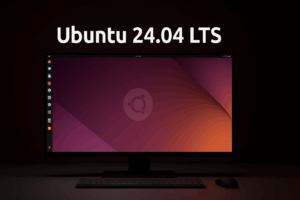
What is Ubuntu 24.04.3 LTS ? A Friendly Introduction + Step‑by‑Step Install (Dual‑Boot with Windows 11)
Ubuntu is a popular Linux‑based operating system (OS). Like Windows or macOS, it helps you run apps, connect to the internet, open files, and do your work—only it’s free, open‑source, and designed with privacy and security in mind. Ubuntu comes with the user‑friendly GNOME desktop and includes essentials like a web browser, office suite, media tools, and an app store.
This website is dedicated to supporting freedom on the internet
It also provides guides, tips, and articles about Linux – a free and secure alternative to other systems.
Many people still think Linux is complicated and only for techies. But the truth is different – today’s Linux is accessible even for everyday users, it’s free, and it offers freedom that other systems often don’t provide. You can install it alongside Windows and choose which system to start each time you turn on your computer. In addition, it helps protect your data and privacy. That’s why I created this website – to show that Linux is not something to be afraid of, but a safe and modern alternative.
Hi Linux fans!
I’d be really happy if you joined in.
Share your Linux experiences in the comments below.
Do you have a great idea about Linux, driver installation, software, or games? Or maybe you’ve created a useful guide you’d like to share? Send it to me at linux@balihobi.com
Linux – openness and freedom of choice Linux is an open-source system developed by both the community and companies.
You might think everyone knows Linux today. Still, I feel it’s often overlooked in everyday practice. And that’s a shame. Linux is not only a great operating system, but above all a tool for freedom on the internet.
While we consciously or unconsciously entrust our personal information — and often our digital freedom — to tech giants like Microsoft, Google, Facebook and others, there is another path. A path where you keep control of your data, where nobody spies on you, and where software is created by the community for the community — completely free and open.
Lenovo ThinkPad P14s Gen 6 AMD
– mobile workstation with official Ubuntu certification
Configuration: AMD Ryzen AI 7 PRO 350, 32 GB DDR5 RAM, 1 TB NVMe SSD, integrated Radeon 880M graphics, 14″ WUXGA display (1920×1200, 400 nits, anti-glare), Wi-Fi 6E / BT 5.4
approx. £1,800 (reference price)Show detailsHide details
- Ubuntu 24.04 LTS certified: Lenovo and Canonical verified full hardware support (CPU, GPU, Wi-Fi, suspend/resume, firmware updates via LVFS).
- Display: 14″ IPS WUXGA (16:10) with 400 nits brightness and anti-glare finish, comfortable for indoor and outdoor work.
- Performance: 8-core Ryzen AI PRO 350 with Radeon 880M iGPU handles multitasking, development workloads, and Linux graphics acceleration smoothly.
- Security and manageability: AMD PRO features, TPM 2.0 chip, and enterprise-grade ThinkPad security.
Why it is “Linux-ready”
- Official certification: guaranteed support on Ubuntu 24.04 LTS and upcoming releases.
- Battery life: up to 12 hours depending on configuration and power mode.
- Developer-friendly: seamless Wayland support, multi-monitor setup, and open-source Radeon drivers.
Recommendations
- Install Ubuntu 24.04 LTS (OEM/HWE kernel) or Fedora 41+ for the latest drivers.
- After installation run
fwupdmgr updateand updatelinux-firmwarepackages. - Use
tlporpowertopto optimize battery life for daily use.
Windows, Apple and Linux: Security, Privacy, and User Freedom
In recent years, more and more questions and complaints have appeared in online discussions, media, and user forums about how popular operating systems are evolving in terms of security and user freedom. This article summarizes the most frequently mentioned points based on publicly available sources and user experiences.
Easy VPN for Linux – no complicated setup
If you don’t want to create your own VPN or you’re struggling to configure everything on Linux, here’s a simple solution. Try a ready-to-use VPN for Linux with a clean graphical interface – fast, secure, and hassle-free.
View deals on Amazon →Tip: Quick installation, user-friendly GUI, no unnecessary complexity.
Reklama
Tutorials, tips and help with installation and choosing the best and most compatible hardware – simple and approachable.
How to Choose the Right Linux Distribution? (2025)
I’ll help you choose the right Linux distribution: Mint, Ubuntu, Fedora or another.
How to Create a Bootable Linux USB (from Windows) (2025)
The same process works for Ubuntu, Debian, Fedora, Manjaro, and many more… Just download the .iso image of your chosen distro and follow this guide.
How to Install Linux Mint – Complete Step-by-Step Guide (2025)
Linux Mint is one of the most popular Linux distributions worldwide, focused on simplicity, stability, and ease of use. Based on Ubuntu or Debian, it has become a top choice for those seeking a Windows alternative.
Why Linux?
Keeping your privacy today is difficult — but not impossible. Linux and its many distributions can help you a great deal. It does, however, require a willingness to learn new methods and adapt to different tools. For users accustomed to Windows or macOS, it can be a challenge at first, but the reward is greater control over your computer and your data.
Linux offers enormous variety — from simple distributions for beginners (Ubuntu, Linux Mint, Zorin OS) to advanced systems for enthusiasts (Arch Linux, Gentoo). Everyone can find the one that fits their needs and level of knowledge.
Why isn’t Linux everywhere?
The truth is, most people use Windows or macOS. This means that the average user often never encounters Linux — and therefore doesn’t know what it can offer. They lack the experience, the community around it, and sometimes even the courage to try something new.
That’s exactly why websites like this exist — to show that Linux isn’t just for “techies” or programmers. It’s a modern, secure, and free system with something to offer to anyone who wants control over their digital life.
At the beginning, you might struggle a little. You may be searching for how to install applications or connect a printer. But once you get used to it, you’ll discover that Linux isn’t a limitation — it’s liberation.
Latest Guides and Articles –
I share here my experiences and step-by-step guides from working with various applications and Linux distributions. I also test which hardware they run best on, and where they may encounter problems.
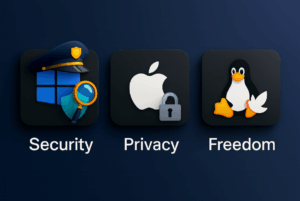 Windows, Apple and Linux: Security, Privacy and User Freedom
Windows, Apple and Linux: Security, Privacy and User Freedom
In recent years, online discussions, media, and user forums have seen more and more questions and complaints about how popular operating systems are evolving in terms of security and user freedom. This article summarizes the most frequently mentioned points based on publicly available sources and user experiences.
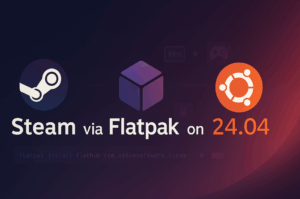 Guide to Installing Steam on Linux
Guide to Installing Steam on Linux
Want to play games via Steam – including those made only for Windows? No problem! In this article, I’ll show you step by step how to install and set up Steam.
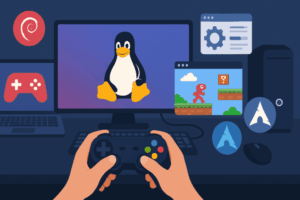 Gaming on Linux – Fun Without Limits
Gaming on Linux – Fun Without Limits
Just a few years ago, Linux was considered a system mainly for developers, administrators, and tech enthusiasts. Today, the situation is completely different – gaming on Linux is experiencing a real boom.
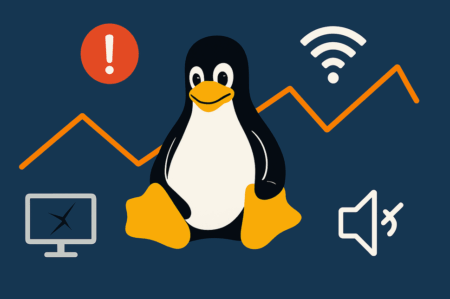 Common Problems After Installing Linux and How to Fix Them
Common Problems After Installing Linux and How to Fix Them
After installing Linux, a user – especially a beginner – may be surprised that not everything works right away. The screen flickers, Wi-Fi doesn’t work, sound is missing… and yet everything seemed fine during installation. Why does this happen?
One of the main reasons are drivers – the software that allows the system to communicate with specific hardware. Unlike Windows, where most drivers are provided by the manufacturer, Linux often relies on open-source drivers developed by the community. They are stable, secure, and well integrated into the system, but not always as complete or high-performing as proprietary ones.
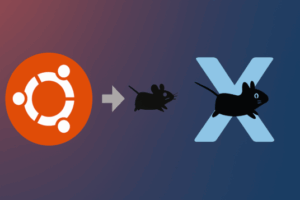 Change Linux Desktop Environment on Ubuntu 24.04.2 LTS
Change Linux Desktop Environment on Ubuntu 24.04.2 LTS
Linux offers many desktop environments that you can switch without reinstalling the entire system. In this guide, we’ll show you how to switch to XFCE – a lightweight, fast desktop ideal for weaker hardware or users who prefer simplicity and speed.
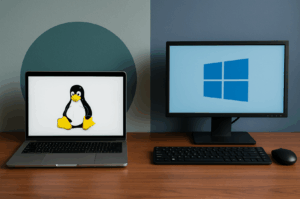 Linux or Windows? A Practical Guide for Everyday Users
Linux or Windows? A Practical Guide for Everyday Users
The operating system is the backbone of every computer. Most people default to Windows, but there’s a powerful alternative: Linux. This article explains why Linux can be a great substitute for Windows 11, what advantages it brings, and which drawbacks you should expect.
Read →
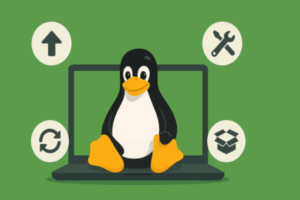 What to Do After Installation? 5 Tips for Beginners
What to Do After Installation? 5 Tips for Beginners
First thing – check and install all available updates.
In the graphical interface you’ll usually find the “Update Manager”.
Check drivers – Graphics (NVIDIA), Wi-Fi, printers.
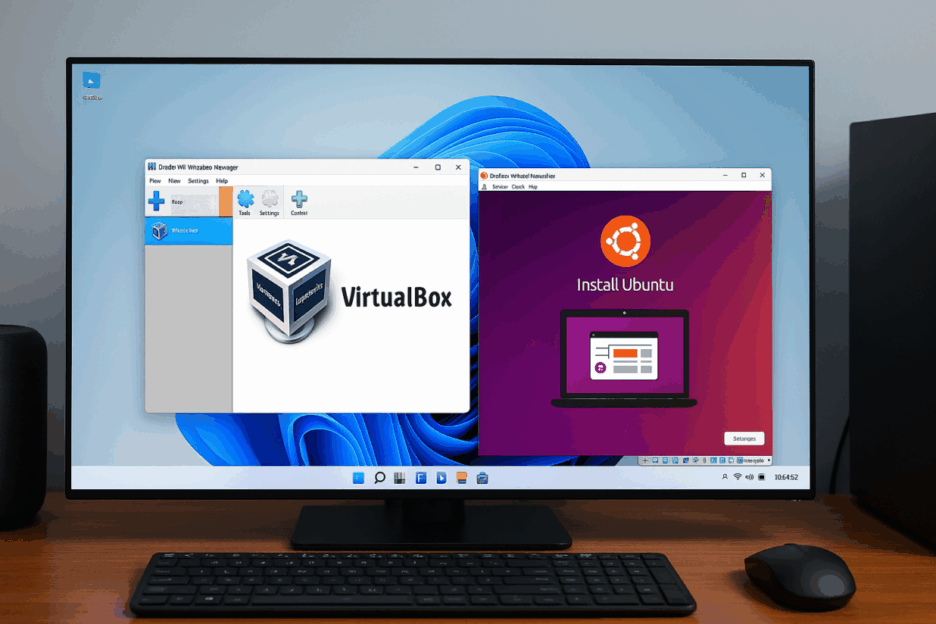 What is VirtualBox and How to Install It
What is VirtualBox and How to Install It
Try the best Linux distros directly on Windows!
How does VirtualBox work? Imagine it as a “computer inside a computer” that you can start, pause, back up, or move anytime.
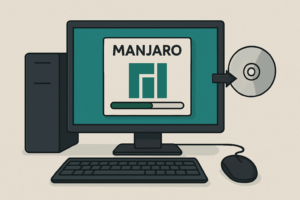 How to Install: Manjaro Linux
How to Install: Manjaro Linux
Complete Step-by-Step Guide
Manjaro is a fast, modern Linux distribution based on Arch Linux that combines the latest software with simple installation and a user-friendly interface. This guide shows you how to install Manjaro from scratch – including creating a bootable USB, choosing drivers at startup, and partitioning the disk.
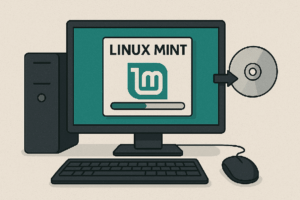 Linux Mint - Complete Installation Guide
Linux Mint - Complete Installation Guide
Linux Mint is one of the best beginner-friendly distros – stable, clean, and familiar to Windows users. This guide takes you step by step through the installation, from downloading the ISO file to the first boot.
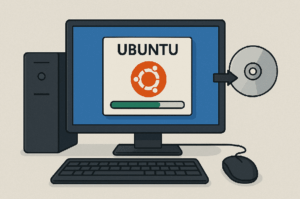 Linux Ubuntu - Complete Installation Guide
Linux Ubuntu - Complete Installation Guide
Ubuntu is one of the most popular Linux distributions in the world, based on Debian. Developed by Canonical, its main goal is to provide a friendly, modern, and easy-to-use operating system for everyone – from beginners to professionals.
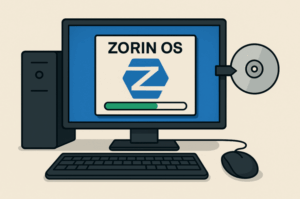 Zorin OS: what it is, who it’s for, and how to install it
Zorin OS: what it is, who it’s for, and how to install it
Zorin OS is a user-friendly Linux distribution built on Ubuntu LTS. It targets beginners and users switching from Windows/Mac with a focus on simplicity, stability, and a polished look. This guide explains what Zorin OS offers, who it’s best for, and how to perform a clean install or a dual-boot alongside Windows 10/11.
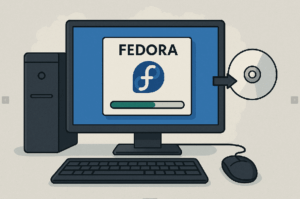 Linux Fedora - Complete Installation Guide
Linux Fedora - Complete Installation Guide
Fedora Linux is a modern, powerful, and secure distribution sponsored by Red Hat. It’s known for its focus on the latest technologies, stability, and openness. Fedora is a great choice for both beginners and advanced users who want a clean and up-to-date OS.
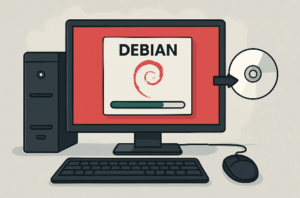 Linux Debian - Complete Installation Guide
Linux Debian - Complete Installation Guide
Debian is one of the oldest and most respected Linux distributions, first released back in 1993. It’s developed by a worldwide community of volunteers and its main goal is to provide a stable, free, and secure operating system.
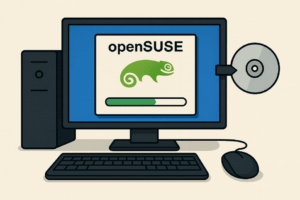 Installing openSUSE with Dual Boot: Windows + Linux
Installing openSUSE with Dual Boot: Windows + Linux
A complete step-by-step guide: preparation, creating a bootable USB, disk partitioning (UEFI), GRUB installation, first boot, and troubleshooting. Includes a clear disk partitioning table.
Hardware
Choosing Compatible Hardware for Linux
The best laptops, components, and PC builds ready to use!
No more worries about CPU and GPU compatibility – pick a machine where your Linux runs smoothly like butter!
Why Doesn’t Windows 11 “Want” GTX Cards Anymore?
The world of computers is constantly evolving – and so are hardware manufacturers and operating systems. Many users are now asking why their NVIDIA GTX graphics card, which until recently handled games and work without issue, is starting to lose official support in Windows 11.
Read →
Best Printers for Linux Beginners 2025
Why Compatibility Matters
Not all printers are equally supported on Linux. Some models may be advertised as “universal,” but in reality, they require manual installation of special drivers. For beginners, this can quickly become frustrating.
Make the Most of It
Home Server from an Old PC
Home Server from an Old PC: Secure Access from Anywhere (Ubuntu/Debian)Complete step-by-step guide for beginners: Install Ubuntu/Debian, web management with Cockpit, file sharing (Samba), secure remote access with Tailscale (recommended) and/or public HTTPS address via Cloudflare Tunnel.
Everything is free, no public IP, no port forwarding required.
Free VPN on Your Own Linux
Tailscale Exit Node is a simple way to create your own VPN without complicated router setup or public IP. It uses WireGuard encryption and lets you browse the internet securely from anywhere, as if you were at home or in another country.


